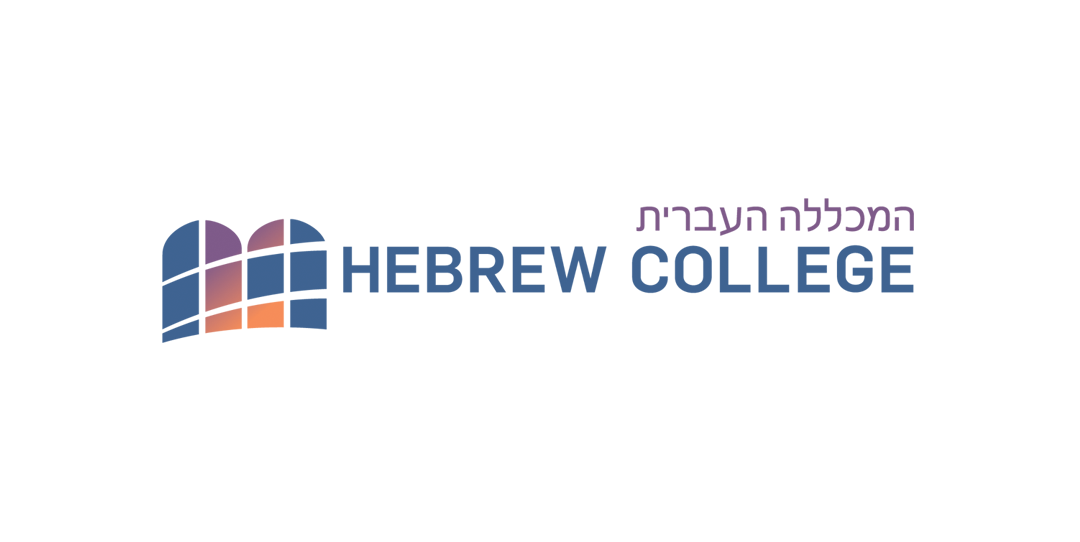Community Blog The Hebrew College-Japan Connection: Unexpected Discoveries

When former Hebrew College President Sam Schafler and his wife, Sara, visited Kyoto, Japan, Akira Kondo, MJS’91, happily introduced them to his parents — and to members of Beit Shalom, also known as Japan Christian Friends of Israel. Founded in 1946 by Father Otsuki Takeji, Beit Shalom now boasts 10,000 members. Akira’s studies at Hebrew College helped prepare him for the role of pastor of the group’s headquarter church in Kyoto.
This past fall, Akira and Takeo Sato, head of Beit Shalom’s Shachar (Dawn) choir — composed of native Japanese who perform Hebrew songs — welcomed me to their House of Peace. A statue of Anne Frank, bordered by flowering bushes donated by her father, Otto Frank, graces the front of the building. Inside, a historical museum depicts Father Otsuki’s journey. While serving as a missionary in Manchuria in 1938, Otsuki experienced a personal transformation and specific revelations regarding the salvation of Israel. Upon his return to Japan, the charismatic leader established an independent church. Otsuki inspired prayer for the coming of the messiah, the redemption of the chosen people and peace in Jerusalem — the key to world peace. This was decades before he met a Jewish person.
The museum’s exhibit includes photographs of Father Otsuki, Moshe Dayan and their respective families; of Otsuki with Ephraim Katzir and Yitzhak Navon, Israel’s fourth and fifth presidents, respectively; and of Otsuki at the Wailing Wall. Captured, too, is an especially proud moment: Beit Shalom endowed a chair in Bible studies at Hebrew University that bears Otsuki’s name. Father Otsuki both bestowed and received the honor.
Hebrew College’s reach into this corner of Asia was evident not only at Beit Shalom, but of my encounter with Jenna Hammer, a current MJEd and MJS student, as well. Jenna’s experience is emblematic of the power of Hebrew College’s online offerings — we provide exemplary Jewish learning where it is otherwise unavailable.
In Japan, evidence of Jewish life must be actively sought. I was fortunate to meet with two rabbis, both of whom graciously offered to speak with Hebrew College’s rabbinical school students and alumni about venturesome job opportunities.
When Yoni Warren was in his last year of rabbinical school, he decided to apply for jobs in the military. The last place he expected to be posted was Okinawa. But it was to this tropical and isolated Japanese island — the site of the famous World War II battle and, since then, a strategic outpost (host to more than 25,000 U.S. military personnel) — that he was sent. His chaplaincy entails conducting services and holiday celebrations for 200 to 300 Jewish marines, and counseling young men and women from all walks of life. Yoni is trying to inculcate in individuals habits of heart and mind that lead not only to noble service, but to wise decision-making in their personal affairs as well. Nothing in his training prepared him for such work.
Rabbi Warren has an understanding ally in Rabbi Antonio DeJesus, who holds a very different post 400 miles away. On a side street just minutes from Tokyo’s bustling Shibuya Station sits the Jewish Community Center, built in 2009 by award-winning architect Fumihiko Maki. In line with Japanese aesthetics, the design of the synagogue and social space is spare and elegant. Beneath a skylight are a modern bima and ark, constructed of wood with a raised geometric pattern of stars. Neutral colors are the backdrop for tasteful pieces of art, more oriental than Jewish in flavor. Hanukkah decorations, commemorative plaques and posters announcing upcoming events are concentrated in the vestibule.
As rabbi of Tokyo’s Jewish Community Center, Rabbi Antonio (as he is called) leads a diverse congregation of more than 100 families. (The community is transient; membership numbers fluctuate.) He strives to create community among those from vastly different backgrounds, including Jews of every denomination and some who have married into Shino families. Rabbi Antonio’s responsibilities include traveling throughout Japan to verify the kashrut of various products and tutoring b’nai mitzvah. In a place with few Jewish role models, his warm connections with Hebrew-school children are especially meaningful.
While in Japan, I visited schools in Tokyo’s Setagaya district. (Schools in Japan are homogenous; I imagine that Jewish children attend international schools.) I also presented at a conference for educational psychologists in Okinawa. I brought a bit of Jewish wisdom to bear on the topic of “Educating for Character in Cyberspace”: Japanese professionals learned the story of “Yettele’s Feathers.” Illustrating the destructive power of “lashon hara,” this old Jewish folktale about a woman who cannot contain her urge to gossip is ever relevant. Once spread, Yettele’s falsehoods could not be taken back.

